One of the things Barcelona is most famous for is its architecture. The city’s landscape is beautifully adorned with magnificent works by the brilliant minds of the past and the present. Come for a visit to the Catalan capital and you will find a combination of old and new that will simply fascinate you.
In this article, we will talk about some of Barcelona’s most stunning architecture, focusing both on old and new constructions that have made this city what it is today.
Table of Contents
The Old
1. Works by Antoni Gaudì
The very first collection of buildings we must mention are the ones designed by Antoni Gaudì. This Catalan legend was the creator of some of the most famous architectural landmarks in Barcelona, with seven of them having been declared World Heritage Sites by UNESCO.
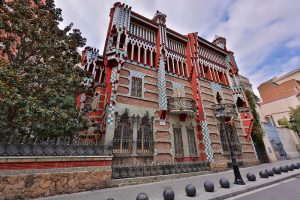


Photo by Magic Ketchup via Visualhunt
One Gaudì’s first works in Barcelona, Casa Vicens, is also one of the first works of Art Noveau to appear in the city. Despite not being open to the public anymore, it can still be appreciated from the outside, in the hip and eclectic district of Gràcia.
Another one of Gaudì’s earlier works, Palau Güell is an impressive mansion that was built during the 1880s, just off Las Ramblas. The work was commissioned by Eusebi Güell, who became a close personal friend and patron to the architect, for whom Gaudì eventually designed Park Güell. With its beautiful natural surroundings and its trencadís ridden spaces, Park Güell succeeded not as the commercial housing site it was originally meant to be, but as the most famous park in Barcelona, alongside Parc de la Ciutadella.
Two of the most famous works by Gaudì, Casa Milà and Casa Batlló, helped Passeig de Gràcia obtain the prestige it holds today. Casa Batlló was the first of the two to be built and is certainly the most impressive, with its nature-inspired shapes, colorful facade, and its dragon-scale roof. The building was not originally created by Gaudì, but it was the Catalan architect who made it into the unique work of art it is today, by redesigning it in 1904. A couple of years later, Gaudì started working on Casa Milà, famously know as “La Pedrera“. With its unusual undulating facade, the building was initially criticized by many but later became one of the most appreciated works of the architect.
The culmination of Gaudì’s work, Sagrada Família is still under construction today. The massive church exhibits a heavily-adorned gray facade, while the interior is tinted in colored lights, due to the use of gorgeous stained glass. To create Sagrada Famìlia, Gaudì had to develop new shapes and, as always, drew a great part of his inspiration from nature.
Related article: Barcelona’s UNESCO World Heritage Sites
2. Works by Josep Puig i Cadafalch
He may not be as famous internationally as Gaudì is, but Josep Puig i Cadafalch contributed greatly to Barcelona’s modernist movement. One of his most famous works, Casa Amatller, can be found right next to Gaudì’s Batlló, forming part of the notorious “manzana de la discordia”, a block in Eixample where sumptuous modernist houses were built, in an attempt to outshine each other.
Works by Cadafalch can be found all over the city, such as Casa Macaya, which was declared Bien Cultural de Interes Nacional by the Government of Catalonia in 1976. Today, the building is owned by La Caixa, who also owns another building designed by the architect, the old Fàbrica Casaramona building, currently known as CaixaForum.
3. Works by Lluís Domènech i Montaner
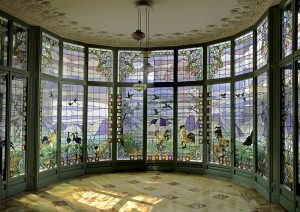


Photo by john.purvis via Visualhunt
Both a politician and an architect, Lluís Domènech i Montaner was one of the most respected professionals of his time, which granted him a place at the “manzana de la discordia” with the gorgeous Casa Lleó Morera. Another remodeling of an existing building, Casa Lleó Morera was created with combined the genius of Montaner and the most talented artisans of the era, such as sculptor Eusei Arnau and mosaic expert Lluís Bru.
Lluís Domènech i Montaner is also responsible for the design of the most famous music hall in Barcelona, Palau de la Música Catalana. Inaugurated in 1908, the building would later be declared a World Heritage Site by UNESCO, alongside another one of Montaner‘s most impressive works, the absolutely stunning Hospital de Sant Pau.
The New
1. Museu del Disseny de Barcelona
Barcelona’s new Design Museum may not present the same adorned and intricate facade than the buildings of the modernist era, but it is still a landmark in Catalan architecture. The museum was designed by Josep Martorell, Oriol Bohigas, David Mackay, Francesc Gual and Oriol Capdevila as a team working for the MBM ARQUITECTES studio. Today, it houses the collections of a number of former museums such as Textile Museum, the Decorative Arts Museum, and the Graphic Arts Musem.
2. Torre Agbar
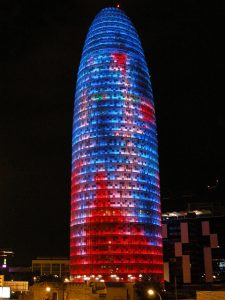


Photo by carlinhos75 via VisualHunt
Not far from Museu del Disseny there is another building that gave locals much to talk about. Both loved and hated due to its unusual and some say, phallic shape, the building is now featured in postcards and guides to the city as one of the great architectural pieces of Barcelona the of the 2000s. The building, which is over 50,000 m2 tall, is covered by thousands of LED lights which come to life during the night, illuminating the city’s skyline with bursts of blue and red. The Agbar Tower was designed by French architect Jean Nouvel, together with b720 Fermín Vázquez Arquitectos.
3. Museu Blau
Barcelona’s Design Museum is not the only museum in town to have a peculiar, avant-garde shape. Designed by Swiss architects Jacques Herzog and Pierre de Meuron, Museu Blau is a blue, triangular-shaped building whose exterior is partly decorated with mirrors. Currently the home of the city’s Natural Science Museum, which houses a collection of over 3 million pieces, the building was originally criticized in the media due to serious issues with its construction.
Related article: A visit to the Monestir de Pedralbes
4. The Media-TIC building
Designed by Enrique Ruiz Geli, the Media-TIC building is one of the most peculiar constructions created in in recent times in Barcelona. The building was created using a number of innovative techniques and materials and is used as business and technology hub in the district of Sant Martì.
5. The PRBB building
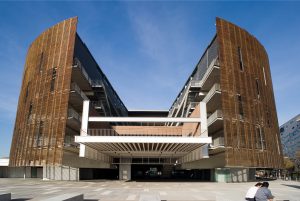


Photo by Universitat Pompeu Fabra Barcelona via Visualhunt
Located in Barcelona’s Olympic Port, the Barcelona Biomedical Research Park building is a stadium-like construction that houses six public research centers, including the Hospital del Mar Medical Research Insitute, the Department of Experimental and Health Sciences of the Pompeu Fabra University, and the Centre for Research in Environmental Epidemiology. The Barcelona Biomedical Research Park building was designed in 2006 by architects Manuel Brullet i Tenas and Albert de Pineda i Àlvarez.
Barcelona is truly an eclectic city in every sense of the word, which is reflected in its diverse architectural works. If you are a fan of architecture, do not miss the opportunity to visit these modern and historical landmarks. There are a variety of businesses that offer architecture walking tours in the city. And if you are thinking of pursuing a career in architecture, why not spend some time studying it in Barcelona?
Looking for a new apartment in Barcelona? ShBarcelona offers a number of accommodations for long and short stays in the city.
* Main photo by Catalan Art & Architecture Gallery (Josep Bracons) via Visualhunt









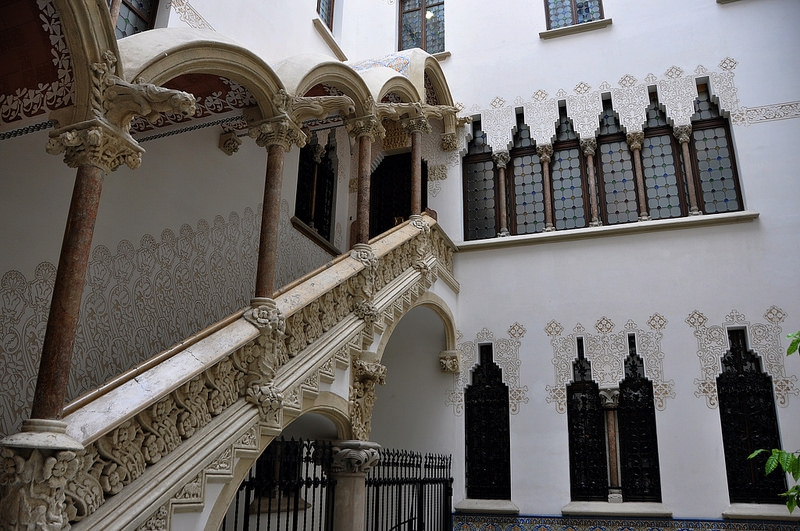



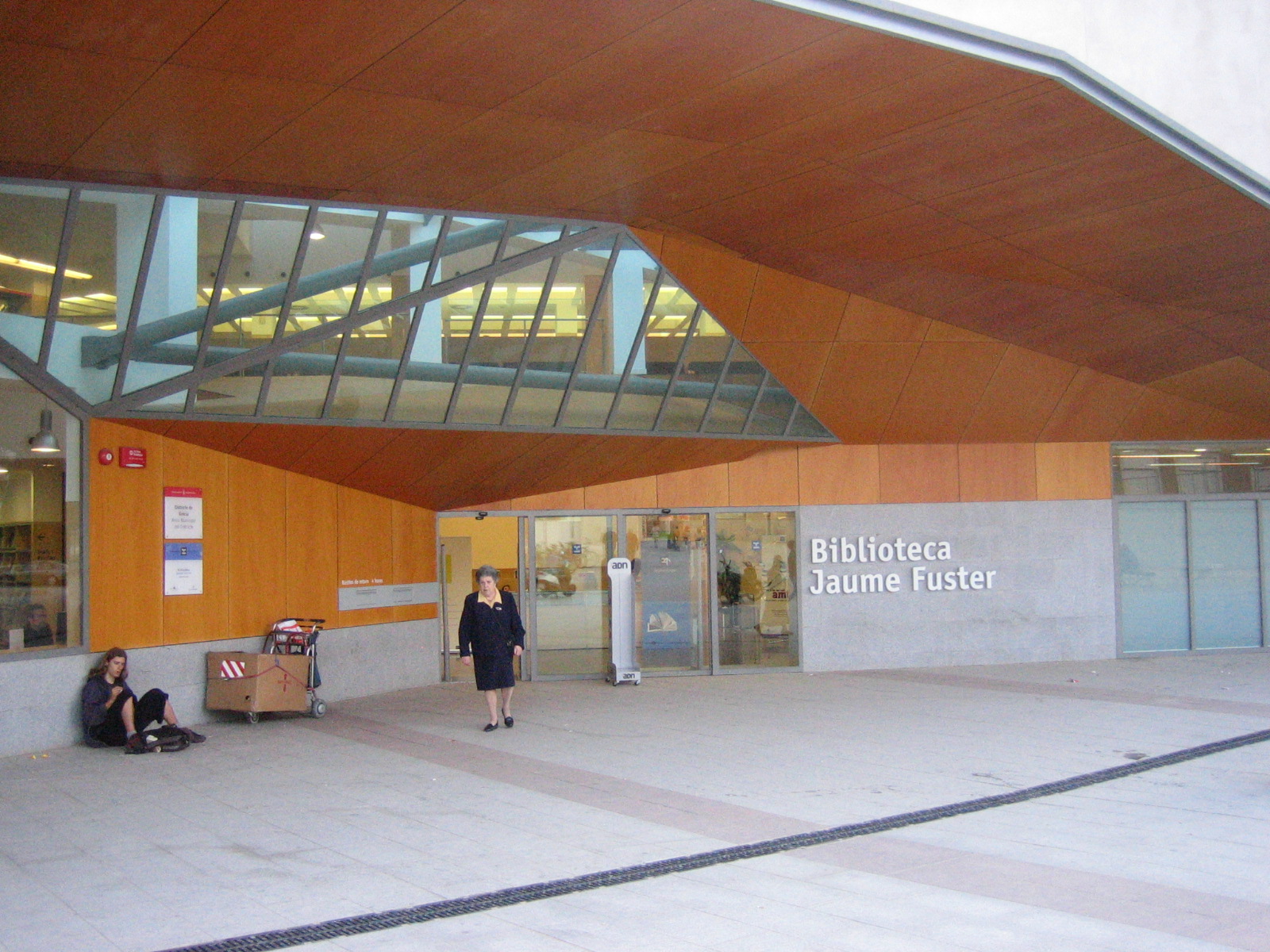

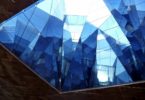
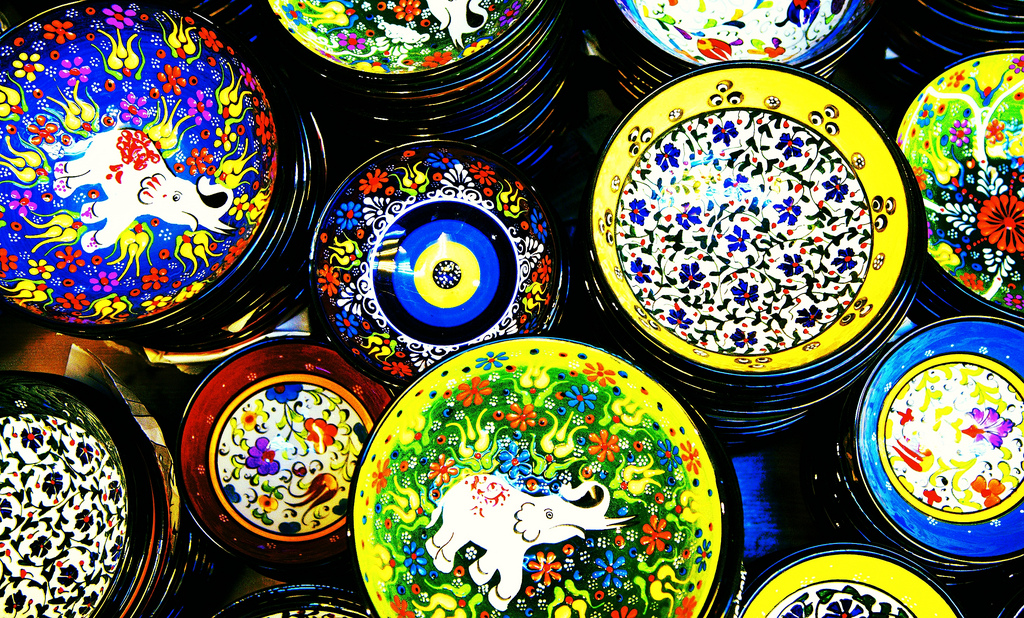




Leave a Comment